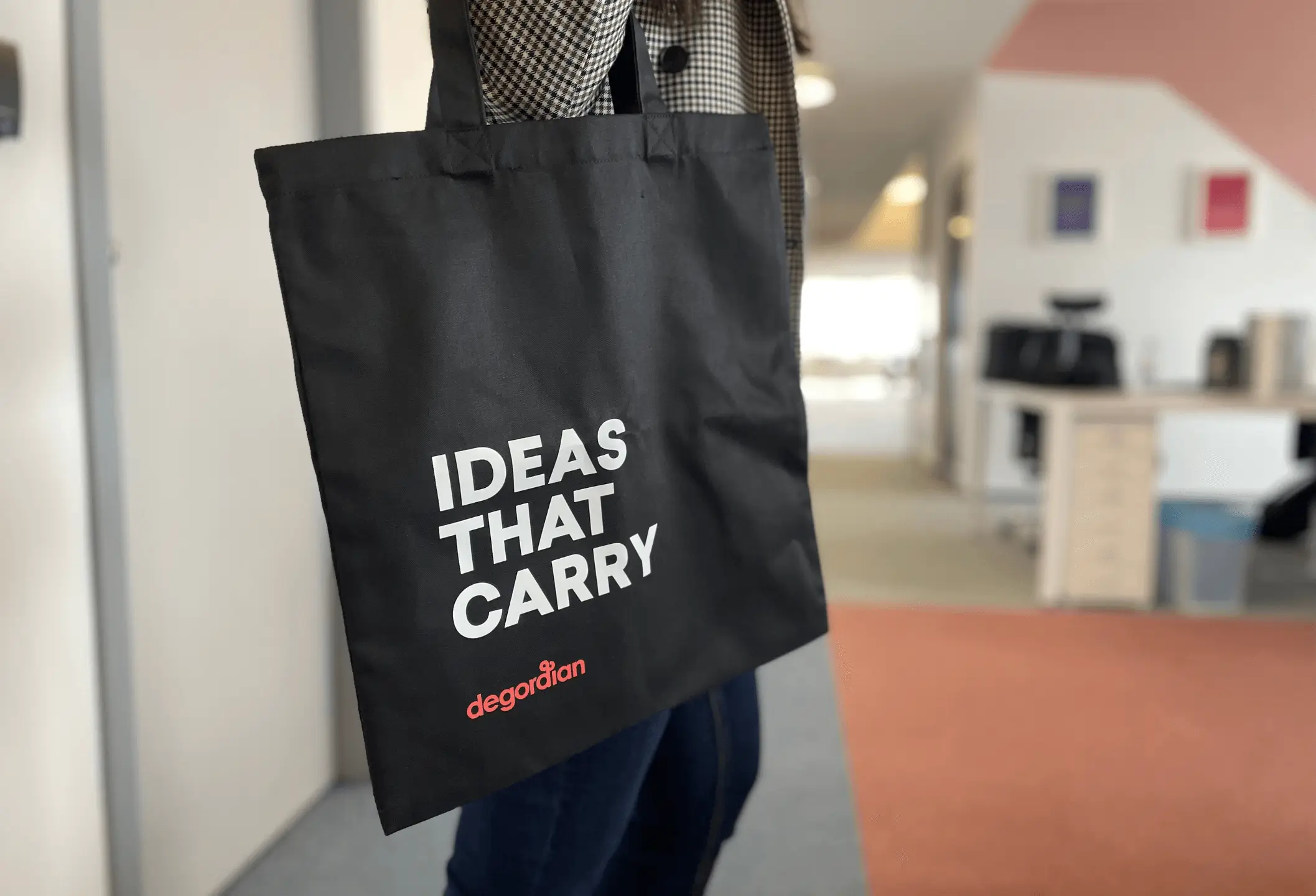Branding and brand identity surround us, from billboards we see while walking down the street to our personal belongings.
Brand identity is the way a brand is being perceived, or what others think about the brand itself.
Designing a brand identity involves selecting the traits that would be associated with the brand, and this process is known as branding.
What is branding?
Brand identity encompasses all the elements that make up a brand and how it is presented to the public, such as colors, illustrations, patterns, textures, and tone of voice. On the other hand, branding involves shaping a brand by selecting and developing each element to create a desired public perception.
For example, just as individuals tend to be perceived in certain ways, someone who wants to be seen as a rock ‘n’ roll enthusiast would create a brand identity that reflects this by choosing appropriate elements, such as wearing a leather jacket, attending rock concerts, playing an electric guitar, or getting a tattoo that says ‘I love rock’n’roll.’ This individual would put considerable effort into presenting themselves to the public in a way that reflects their chosen identity. And that is branding.
How to develop a strong brand identity
A clear understanding of every aspect of a brand is the first step to creating a strong brand identity. This can be accomplished by conducting thorough research, brainstorming, asking the right questions, using branding workbooks, etc. Once this foundational work is done, the process of brand identity design can begin.
The design process brings the brand to life by allowing the ideas to take shape. You’ve chosen your colors, now it is time to paint the picture.
Process of designing your brand identity
Design for branding requires going through a certain process with already defined steps, of which we already mentioned the first one – research. The next step is usually creating a mood board and sketches. Once these initial steps are completed, it is time to open a design software and start bringing the ideas to life. While explaining the complete process can be challenging, we can break it down and explain each step individually to provide a clear understanding of how to create a brand identity.
Step 1: Research
This is the phase where the creative and design departments collaborate to build the strategy, understand the brand, and define its identity using various methods, including competitor research. One effective method for defining the brand identity is to imagine the brand as a person and answer questions such as:
What gender is it?
What is it wearing?
Who is it hanging out with?
How old is it?
What’s its favorite food?
Does it have a pet?
The list goes on and on, but you can choose the most relevant aspects to the brand.
Step 2: Mood board
This is a critical part of the process where we select the direction to pursue.
Sometimes the mood board is presented to the client before moving on to the next step, so it is essential to get feedback during the process to make it easier.
The mood board typically consists of color palettes, brand-related photos, logo variations, illustrations that may be used in the design process, typography directions, and other elements important to the brand. Each of these elements has a significant impact on the brand identity. For example, the psychological aspect of colors defines the brand’s position in the customer’s mind, such as whether it is fun, luxurious, reliable, or organic.
The first impression is crucial, and colors are often the first thing noticed. Of course, the other elements are also necessary to paint the whole picture and must be defined before moving on to the next step.

Step 3: Sketches
Once the elements that will represent the brand have been defined, it is time to create some initial sketches. This is the stage where designers can explore and experiment with the elements to find the best way to represent the brand.

Step 4: Feedback
Collaboration is crucial for any project’s success. Seeking feedback from the creative department that works closely with you is essential during the design process. As you have done the research together, they are the only people who know the brand thoroughly beside you.
If there are other designers working with you on the project, do not hesitate to ask for their input. Even a single word from them could inspire you and lead you to better ideas.
Step 5: Making sketch a reality
The final design should reflect the brand identity defined in the previous steps. It should include all the chosen elements and be consistent across all brand assets. This consists of the logo, typography, color palette, imagery, and other graphic elements chosen during the design process.
It’s also important to create a brand style guide that outlines all the guidelines for using the brand assets. This will ensure that the brand remains consistent across all touchpoints and that everyone involved in creating marketing materials or other brand assets understands how to use the elements correctly.
In addition to the brand style guide, creating templates for commonly used assets, such as business cards, letterheads, and social media graphics, is a good idea. This will help ensure the brand remains consistent and recognizable across all platforms and materials. Check out another great blog about social media branding: Social media branding: what it is and how to create one for your business.
Step 6: Put it in mockups and present the final results
Mockups can help the client envision how their brand identity will look in real-life situations.
This can be especially useful for presenting logo designs, packaging designs, and other visual elements. When presenting mockups, it’s also helpful to explain how the brand identity will be applied across different platforms and mediums, such as social media, website, print materials, and advertising.
This will help the client understand the versatility of their brand identity and how it can adapt to various marketing needs. Creating a nice presentation with mockups will save you time explaining certain aspects of the identity. A picture is worth a thousand words, and so is a mockup.

What is the most recognizable branding on a global scale? You’re probably thinking of companies such as Apple, McDonald’s, Starbucks, IKEA, or Coca-Cola.
When I asked myself the same question, Coca-Cola was the first to come to mind. Why? Because they are consistent, which is the most important thing while building a brand identity – consistency with your branding elements across all media channels. You need to see only a second of Coca-Cola’s Christmas commercials to know it’s Coca-Cola. Following branding guidelines builds a recognizable brand, sends the message that the brand is trying to communicate, and positions them in consumers’ eyes.
Take a look at this photo. There are no words to be seen, only shapes and colors. And yet, you know exactly which brand it is and what it represents. And that’s branding.
To sum up…
Building a brand identity requires time and focus. It’s important to clearly define the brand strategy in the first phase of the process. While going through all the phases, you need to keep the brand’s target audience in mind. You are designing for them and creating a perception of the brand they will love. Once the brand identity is created, it’s important to use it consistently across the platforms. That will build trust and recognition of your brand.
In addition to consistency, it’s also important to adapt to changes in the market and keep the brand identity relevant. The world is constantly changing, and so are consumer preferences and behaviors. That’s why it’s important to periodically review and update the brand identity to ensure that it still resonates with the target audience and aligns with the brand’s goals and values.
Building a strong brand identity is a worthwhile investment for any business or organization. A well-crafted brand identity can differentiate the brand from its competitors, create customer loyalty, and ultimately contribute to the business’s success.





